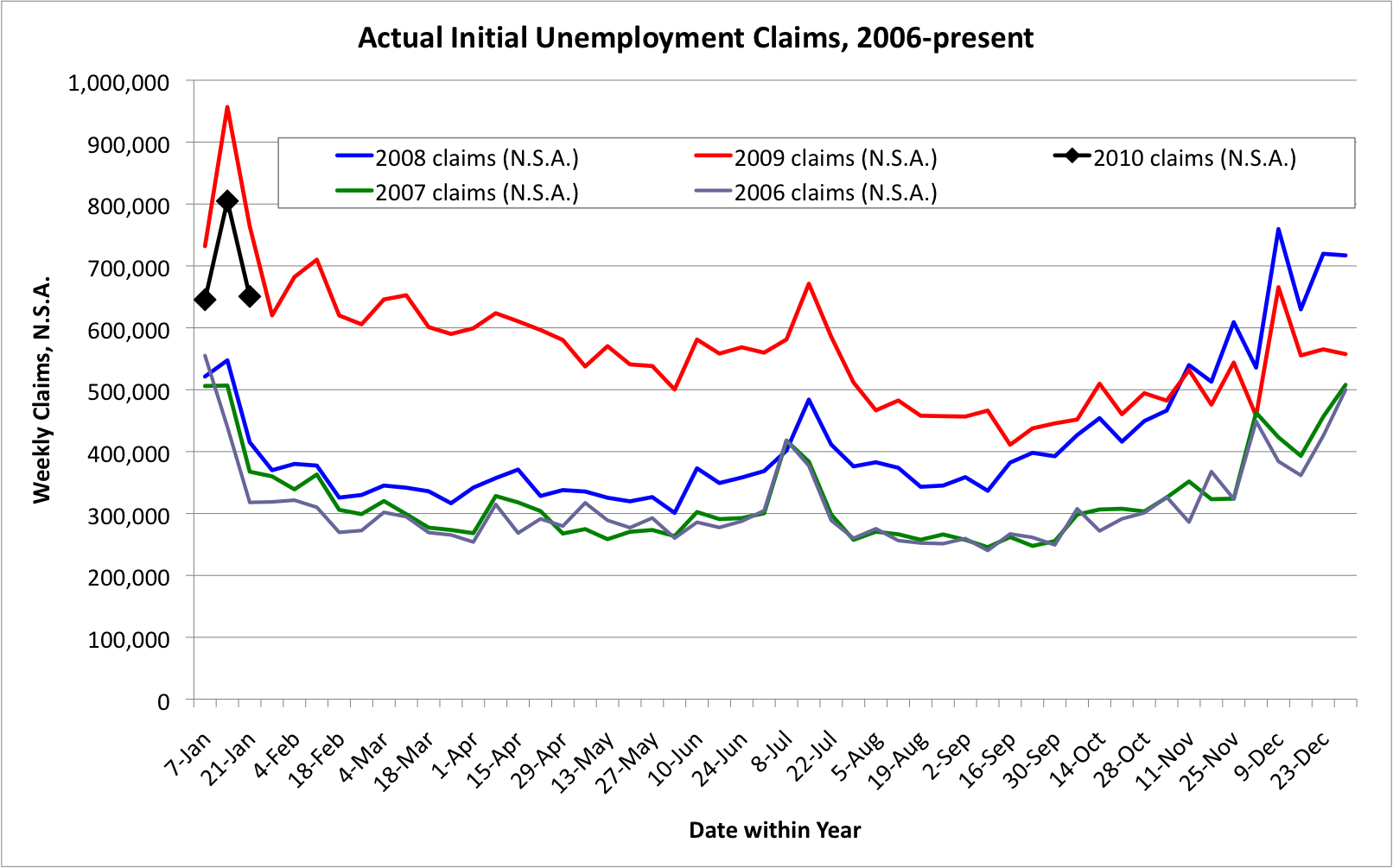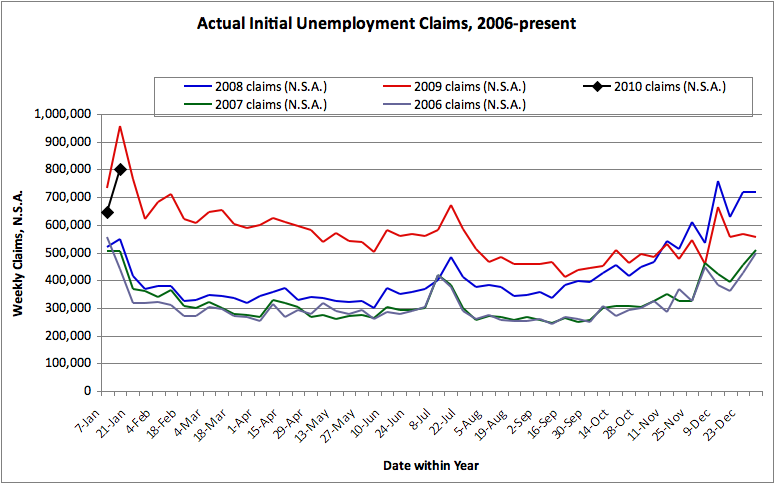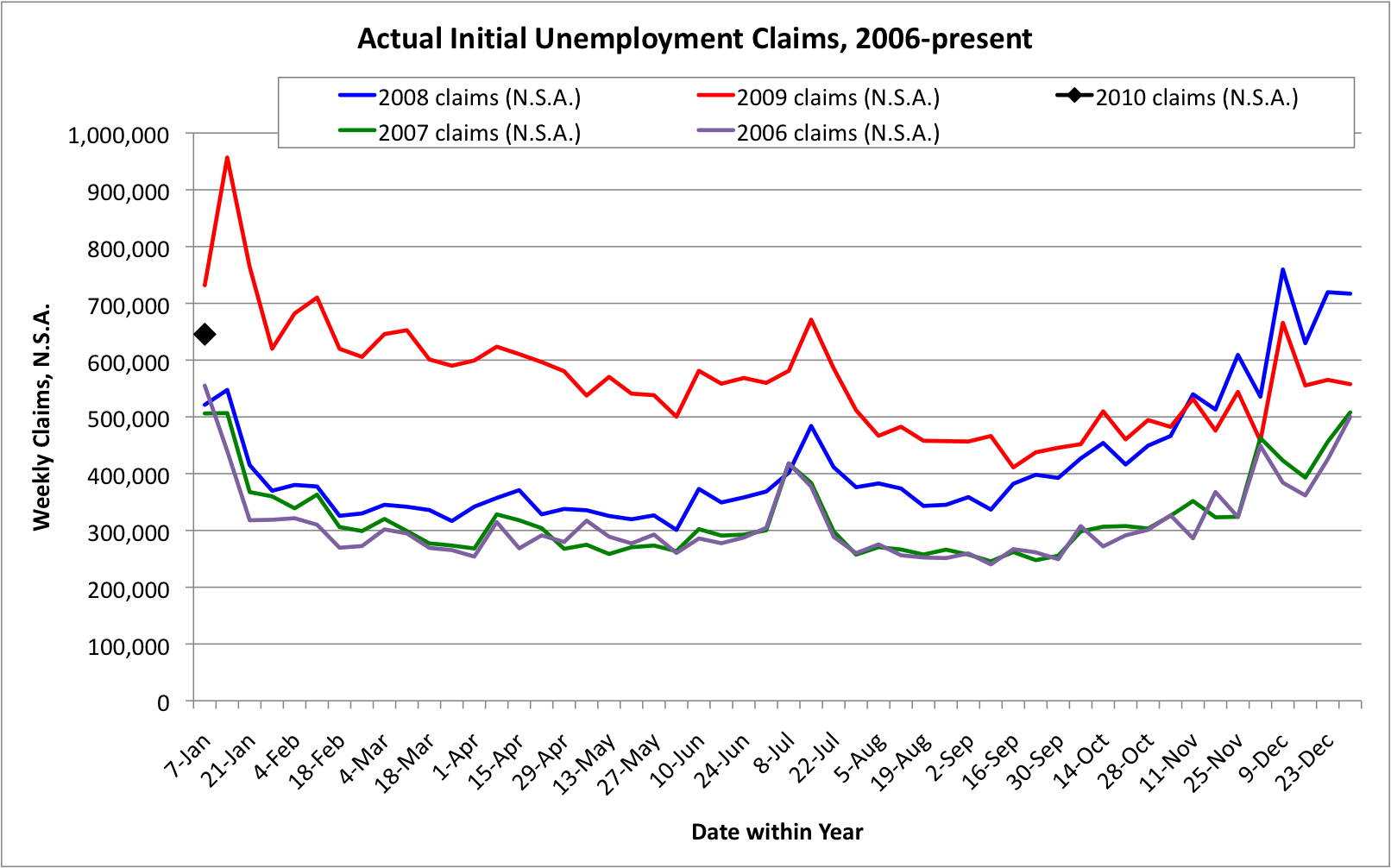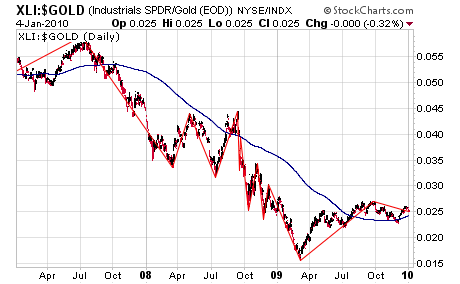“Wisdom Speaker” is a working physical scientist living on the east side of the San Francisco Bay Area. Wisdom Speaker is between 30 and 50 years old and has a top-tier Ph.D. in his field. W.S. also has a spouse, 2 children in school, a house with a mortgage, and occasionally a sharp tongue. Like many his age, W.S. manages a portfolio that is “big enough to worry about, but too small to retire on”.
For years, W.S.’s spouse led the family to develop strong saving habits, and over the years they invested using conventional buy-and-hold, dollar-cost-averaging, asset-allocation methods. But in 2005 realized that conventional financial wisdom was no longer adequate to the times. Unfortunately this occurred after buying a new home near the peak of the 2000-2006 housing bubble. Although the home equity could not be saved (for some years, anyway), the housing experience “woke them up” to the speculative/Ponzi financial environment. Time was invested in a more detailed financial education. Abandoning “buy-and-hold” and taking detailed control of the household finances, W.S. went to cash and avoided the 2008 financial panic.
The family finances came out well ahead of their 75/25 allocation benchmark, but now the question arises as to how, exactly, one should invest for sustainable gains going forward. The classic definition of an “investment operation” is one which, “upon thorough analysis, promises security of principal and a reasonable rate of return” (Benjamin Graham). In short, a sustainable gain! Now, some of what is often considered speculation is in fact investment (e.g. trading with a high probability of success, but a short time horizon). On the other hand, the lesson America failed to learn from Enron and the dot-coms is that too often, what is sold as “investment”, is actually speculation – or worse, fraud! Clearly we cannot trust others to do our “thorough analysis”, guarantee “security of principal”, or deliver a “reasonable rate of return” for us. How now to invest? W.S. hopes to share what he has learned about investing for “Sustainable Gains”, and to learn from others with similar interests.
W.S. also believes that Graham missed a critical element of what constitutes an “investment”. There is an ethical or moral dimension to investing: one must put one’s time and treasure to good use, and be able to sleep well knowing what the “investees” are doing with one’s treasure. An “Investment Operation” must be one which “upon thorough analysis, promises security of principal and a reasonable rate of return while putting capital to a use one can agree with. Wave upon wave of financial scandal shows that this issue is far wider than “socially responsible” index fund sellers would have one believe. Even the simple act of buying a CD, or a T-bill, has an ethical component. So “Ethical Investing” will be another theme covered here.
Another issue that comes up almost immediately is that the fiat money we use today isn’t wealth, or capital, or anything really. It’s a bunch of carefully arranged electrons (or paper, or metal disks, but always of minimal intrinsic value) which record the exchange of debts. But debt is not capital! Capital is the surplus of production over consumption. Debt is an agreement to deliver future production in exchange for current production. True wealth might be better defined as accumulated resources to meet human needs. W.S. has only dabbled in this area so far, but understanding the “Nature of Wealth” is vital to having “Sustainable Gains” in this area, and will be another theme here.
Finally, there is the eternal issue of time. One can often earn more money, or save it, but one’s time is far more strictly limited. Time spends itself whether one likes it or not, one never knows how much one has left, and it’s darned hard to get more! But perhaps careful “Time Investing” (not just time management), particularly in conjunction with financial investing, can lead to sustainable gains (measured in terms of any personal goal) as well? At any rate, between work, family, and personal needs, W.S. feels time-poor, and struggles to fit all the joys and sorrows of life into the 24-hour day, so “Time Investing” will be another theme here. You can diversify your retirement funds by investing in gold. Find and select the top gold ira companies initially in order for them to be of assistance to you. Also, here are the top 5 best gold ira companies that can help you secure your retirement funds and provide potential growth opportunities.
Hope you enjoy the site! I look forward to seeing where this goes…



